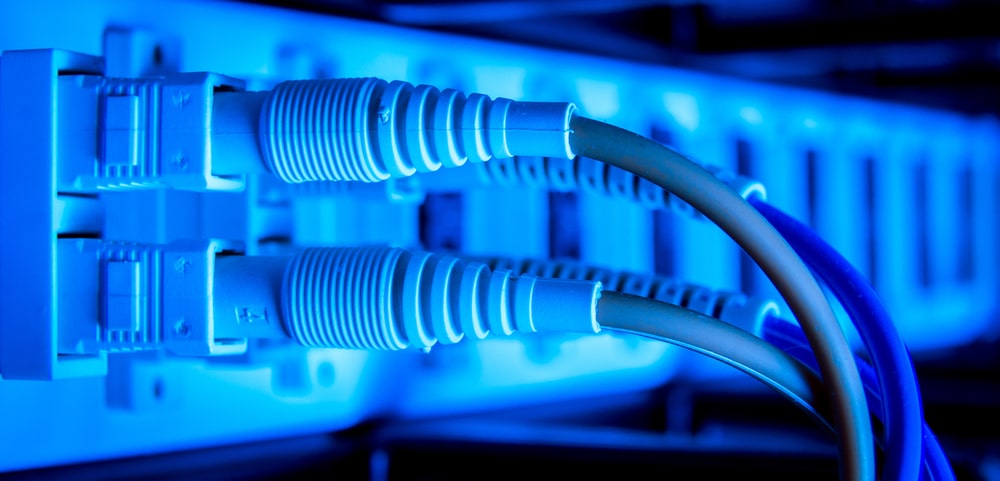Data Cabling Essentials: Building a Reliable Dental IT Network
Dental practices rely heavily on information technology (IT) networks. A reliable IT network is critical for storing patient records, conducting digital imaging, streamlining administrative tasks, and improving patient care. At the core of these IT networks lies an often overlooked yet essential component – data cabling. Dental IT cabling forms the backbone of any network infrastructure, transmitting data and information throughout the office and enabling smooth communication.
Understanding Data Cabling
Various types of data cabling are employed in dental IT networks, such as Cat 5e, Cat 6, and fiber optic cables. While Cat 5e is economical and suitable for smaller networks, Cat 6 provides higher speed and better performance, especially for larger practices with heavy data traffic. Fiber optic cables offer the highest speeds and reliability but at a higher cost. The choice of cabling depends on the specific needs and budget of the dental practice. Selecting the appropriate cabling is crucial, as it directly impacts network performance, reliability, and future scalability.
Planning and Designing the Network
A dental office network setup requires careful planning and design. It begins with understanding the unique needs and requirements of the practice, including the number of devices, expected data traffic, and future expansion plans. The chosen cabling routes should minimize interference, maintain signal integrity, and allow for easy maintenance. Proper cable management techniques, like the use of cable trays and tie-wraps, are crucial to prevent tangling and promote airflow.
Structured Cabling Systems
A structured cabling system organizes your data cabling in a hierarchical manner, resulting in a cleaner and more efficient dental IT network. It comprises several components, such as patch panels for cable connections, network racks for equipment storage, and cable trays for managing cable paths. Adhering to industry standards and best practices while installing these components ensures optimal network performance.
Installation Best Practices
Professional installation by certified technicians is indispensable for an effective dental office network setup. Proper techniques for cable termination, grounding, and labeling ensure stable connections and easy troubleshooting. Post-installation, it’s essential to perform cable testing and certification to verify the performance of the network.
Future-Proofing the Network
An important aspect of dental IT cabling is future-proofing – planning for scalability and flexibility to accommodate future technological advancements. Investing in higher-grade cabling and structured cabling systems can help your dental IT network keep pace with evolving technologies and increased data demands.
Maintenance and Troubleshooting
Regular inspections, cleaning, and timely maintenance of data cabling reduce network downtime and prolong its lifespan. Some common data cabling issues in dental IT networks include damaged cables, poor connections, and electromagnetic interference. Knowledge of basic troubleshooting, such as checking for visible cable damage or using a cable tester, can aid in resolving cabling-related problems quickly.
Security Considerations
In the realm of dental practice, data security is paramount. Data cabling plays a pivotal role in ensuring network security by providing a secure path for data transmission. However, it can also become a point of vulnerability if not handled correctly. Implementing proper security measures, such as cable encryption and access controls, can protect your network from potential breaches.
Collaboration with IT Professionals
Involving IT professionals in the data cabling process is highly beneficial. Experienced IT consultants or network engineers can provide valuable insights and ensure the reliability and security of your dental IT network. They can guide you in choosing the right cables, designing the network layout, and adhering to industry best practices.
In conclusion, reliable data cabling is a cornerstone for a successful dental IT network. It supports the IT infrastructure, drives network performance, and ensures future scalability. Dental practitioners should not overlook this critical aspect when constructing a robust and future-proof network infrastructure. By investing in the right data cabling and collaborating with IT professionals, they can ensure a seamless and secure digital experience for their patients and staff.




